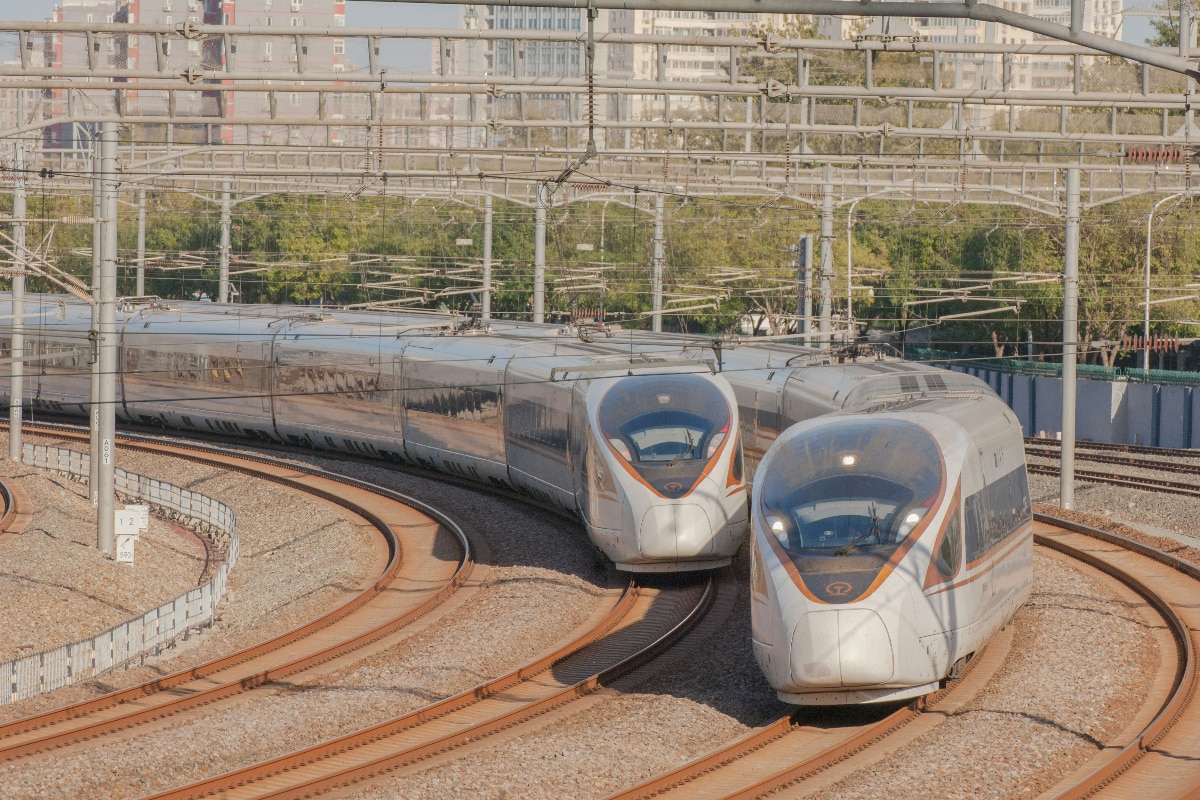The construction of the corridor is projected to require an investment of Rs 14,000 crore.
New Delhi: Traffic congestion is a constant problem in the Delhi-NCR region. But now, it is going to be a thing of the past. The authorities have found a solution, not on the roads but on railway tracks, and that too at an overwhelming speed of 160 km per hour.
The game changer is the Eastern Orbital Rail Corridor, an innovative approach to regional transport.
The Ghaziabad Development Authority (GDA) has been assigned the significant role of leading the Eastern Orbital Rail Corridor project as the nodal agency. This responsibility, bestowed by the government, encompasses the vital task of compiling a detailed feasibility report. To facilitate an exhaustive analysis, the GDA will procure funding from beneficiaries of this pioneering project. Subsequently, the report will be submitted to the Haryana Rail Infrastructure Development Corporation (HRIDC) for the ultimate evaluation.
Covering 135 kilometers, the high-speed rail corridor is set to alleviate the congested roads and railways of Delhi-NCR. The initiative aims to connect major logistics centers in Haryana and Uttar Pradesh, harmonizing with national highways, existing railway networks, and the forthcoming Jewar International Airport. Such integration is expected to drive considerable industrial expansion in the area.
The construction of the corridor is projected to require an investment of Rs 14,000 crore, with Rs 11,000 crore allocated for infrastructure development and Rs 3,000 crore for land acquisition. The corridor will have 18 strategically located stations, with 12 serving as junctions and six as stopover points. Passenger trains on this corridor are expected to operate at speeds of up to 160 km per hour, and freight trains at 100 km per hour, facilitating the rapid and efficient transit of both passengers and goods.
Spanning 90 kilometres in Uttar Pradesh and 45 kilometres in Haryana, the corridor will significantly benefit regions such as Jewar Airport, Dadri, Greater Noida, Ghaziabad, and Meerut. Its strategic route will intersect with various railway lines, rivers, and highways, aiming to diminish pollution, alleviate traffic congestion, and enhance regional connectivity.
The Eastern Orbital Rail Corridor, once completed and operational, will set a new benchmark in transportation and commuting.

